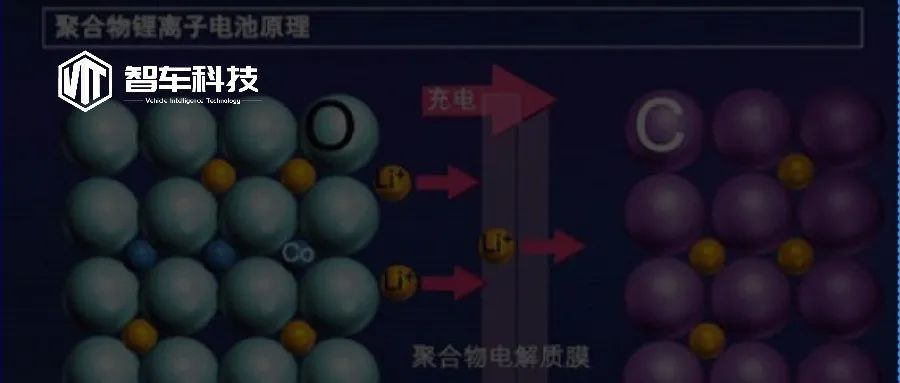Introduction
As the annual 315 approaches, quality issues in the automotive industry have once again become the focus of attention from all parties. Recently, “power lock” has become a more concerning area for domestic electric vehicle owners. New energy vehicle companies such as XPeng and WmAuto frequently appear in the media, getting caught up in the “power lock” controversy. What is power lock, why do vehicle companies adopt this method, and what impact will it have on electric vehicle owners? These are issues worthy of our exploration and research.
For electric vehicles, our greatest concern is their range. The duration of the range was the most important factor for consumers in buying an electric car for a long period of time. The “power lock,” as the name suggests, is a method that artificially alters the energy output or input threshold of the battery in the BMS battery management system, effectively adjusting the charge capacity. Of course, the instrument panel continues to display the battery’s charge level from 0-100%. Therefore, from the consumer’s point of view, unless they have experienced a significant reduction in range, they would remain oblivious to their electric vehicle being “power locked.” At the appropriate times, however, manufacturers can release the locked charge based on various factors such as weather conditions.
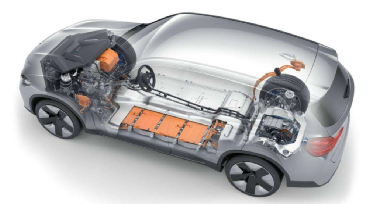
Negative Impact of Power Lock
The most immediate effect of power lock is that the vehicle’s range will be significantly shortened. After all, the range of an electric vehicle depends on the level of energy storage, and if the manufacturer intentionally locks away energy, the battery’s total capacity cannot be fully utilized, thereby directly influencing the consumer’s usage experience.
Previously, the much-discussed “WmAuto EX5 power lock incident.” According to consumer feedback, the estimated range of 350 km was reduced to 260 km in the same scenario, causing great inconvenience for normal use. Its fundamental cause was that WmAuto has let the power capacity decrease by 5 kWh through the so-called “Up Pressure and Down Raise” of the charge and discharge door limits, ultimately resulting in collective rights protection on WmAuto vehicles. Its sales situation appears to be lagging far behind other domestic new energy car companies of the same kind, with an uncertain future.
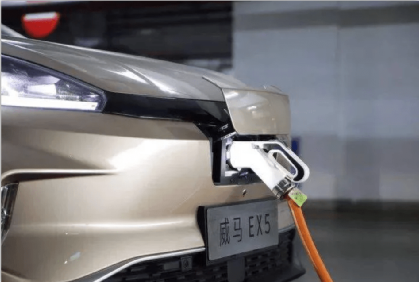
Why Do Auto Companies Power Lock?Since “lock electricity” has such a big impact on consumers’ driving experience, why do manufacturers still take the risk to adopt this strategy? If we carefully study related cases, we can find that “lock electricity” is closely related to vehicle spontaneous combustion. Many car companies take this measure only when they receive multiple reports of vehicle spontaneous combustion.
To understand why manufacturers adopt lock electricity, we must have a clear understanding of the principle of lithium-ion battery charging and discharging. For lithium-ion batteries, the essence of the charging process is that lithium Li+ comes out of the positive electrode lattice, passes through the electrolyte membrane, and enters the negative electrode, embedded in the graphite interlayer. However, in low-temperature environments in winter, molecular mobility is significantly reduced. A large amount of lithium accumulates at the interface of the electrode and the electrolyte, and if it cannot be squeezed into the graphite layer, it will directly become metallic lithium on the surface of the negative electrode due to receiving electrons. This accumulation of lithium dendrites can cause the membrane to rupture, which can easily lead to short circuits and fires.
In the low-temperature discharge process, if deep discharge occurs, it will also cause permanent capacity loss due to the decrease in molecular mobility. The lithium at the top of the stack loses its connection with the negative electrode and becomes “dead lithium”. Therefore, for electric vehicles whose range may be significantly affected in the winter, the reduction in range caused by the manufacturer’s lock electricity is easily understandable and has led to dissatisfaction among customers.
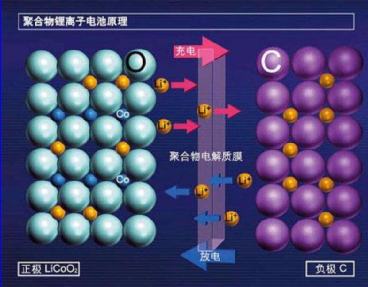
For OEMs, the best way to obtain better battery performance in winter is to deploy a better battery thermal management system. Whether it is low-cost PTC or high-cost heat pump, it can provide consumers with a better experience compared to the brute-force lock electricity. However, to be honest, this approach cannot fundamentally solve the problems of lithium-ion batteries in deep charging and discharging.
“Lock Electricity” Legislation is Imperative
From the perspective of car companies, even if the market competition is extremely fierce, using inflated range figures to attract consumers to purchase is actually suspected of fraud. For consumers, they can look for relevant professional organizations to solidify evidence and file lawsuits against manufacturers. However, beyond that, we also hope to call on lawmakers to clearly define changing the battery charging and discharging parameters in BMS without informing or obtaining the consent of consumers as infringing behavior, and to impose heavy penalties for violations.
This is similar to OTA, where many manufacturers rushed to market products despite the existence of certain defects in the vehicle-related software, and later fixed related vulnerabilities through OTA upgrades. Currently, the country has imposed strict restrictions on OTA to prevent car companies from releasing defective products to the market and abusing the same means used in the mobile phone industry.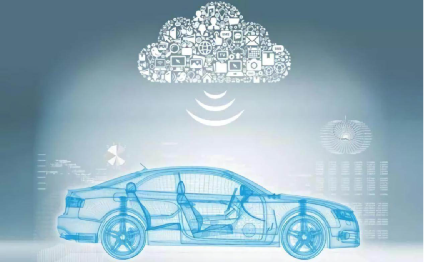
From a fundamental perspective, with the continuous improvement of related charging facilities and the gradual popularization of fast charging and battery swapping technologies, electric vehicle manufacturers and consumers no longer need to blindly pursue high endurance mileage. After all, an endurance mileage of up to 1000 kilometers will greatly increase the material cost of the entire vehicle, hinder the popularization of electric vehicles, and in most scenarios, it is not necessary to have a mileage of 1000 kilometers. Carrying such a huge battery for travel also invisibly increases the electric energy consumption per hundred kilometers of the entire vehicle, which is not environmentally friendly for the Chinese automotive market that still relies mainly on coal-fired power generation.
In the long run, we still need to establish a multi-level new energy vehicle strategy: under the current battery environment, electric vehicles still need to meet the needs of urban commuting more. For long-distance travel, hybrid power or even fuel cells can be used.
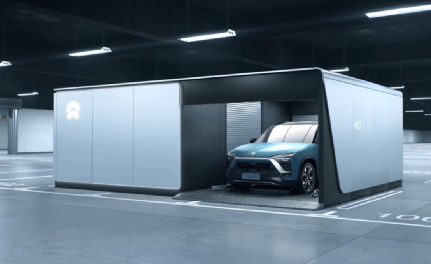
In any case, locking the battery privately by manufacturers, even if done to prevent vehicle spontaneous combustion, is unacceptable. Once related quality issues occur, vehicles should be recalled according to the procedures of relevant national laws and regulations. Any measures taken on vehicles without the consent of customers are unforgivable and may even require judicial intervention to give consumers a fair treatment. With 315 approaching, we also look forward to seeing if this behavior will be exposed during this year’s 315.
This article is a translation by ChatGPT of a Chinese report from 42HOW. If you have any questions about it, please email bd@42how.com.
